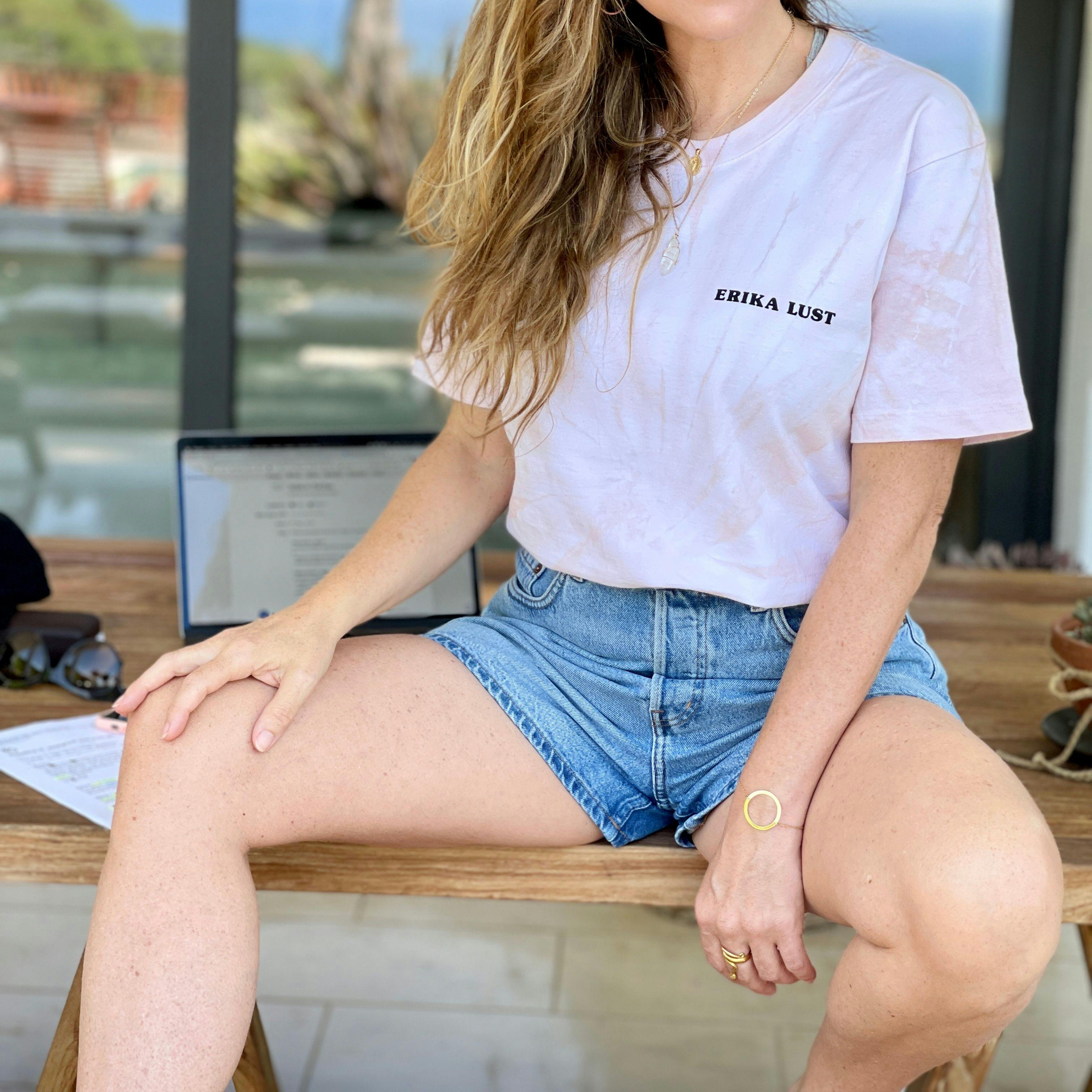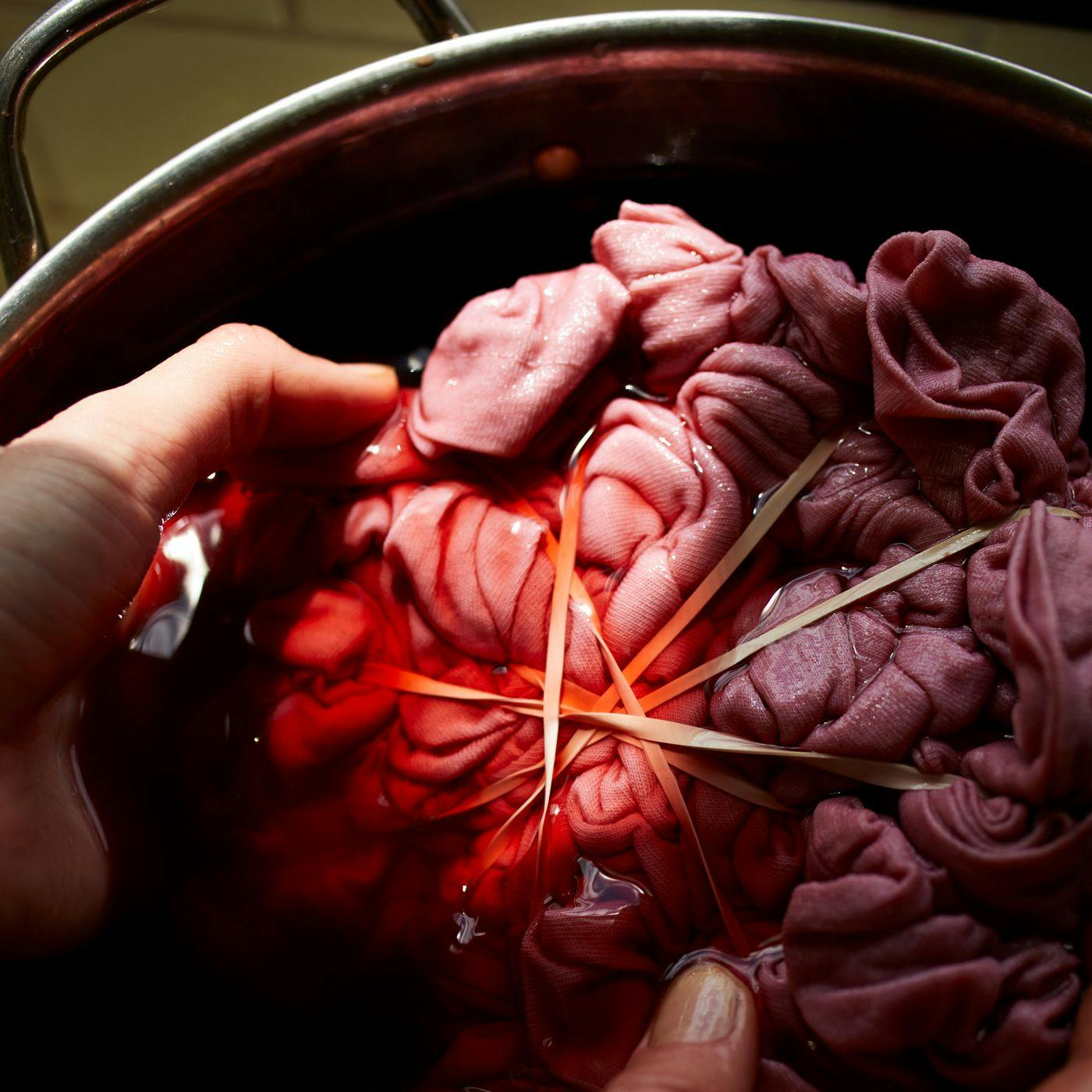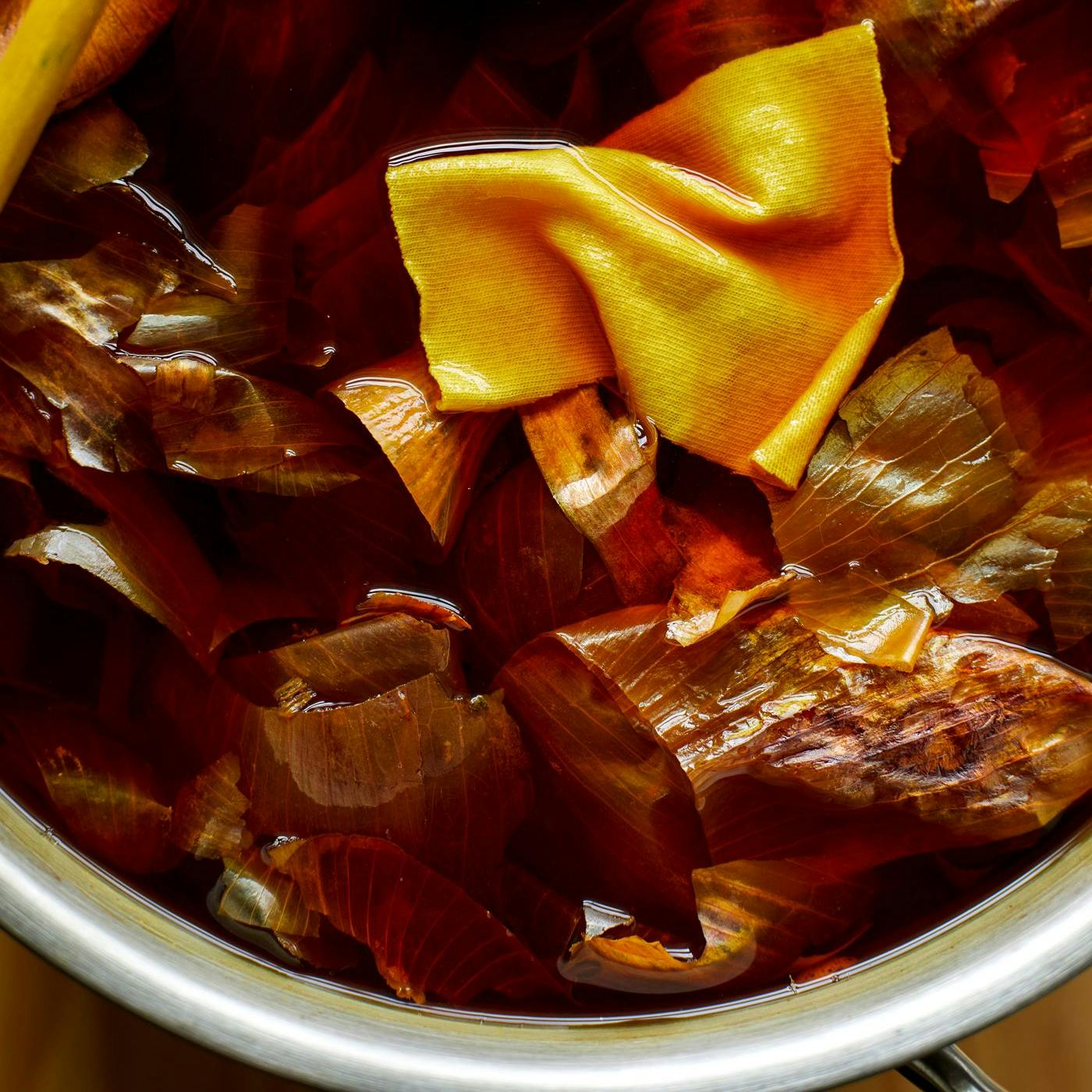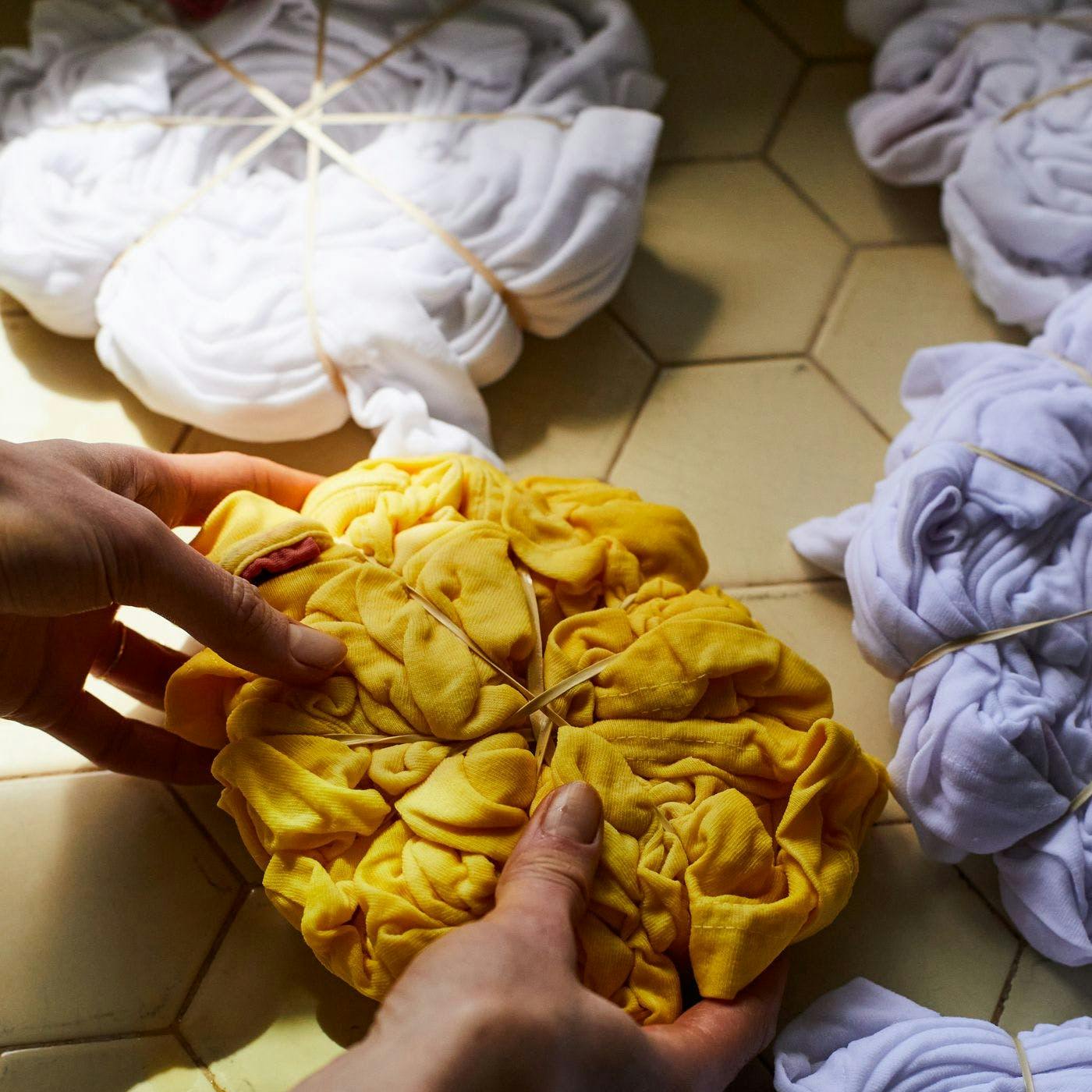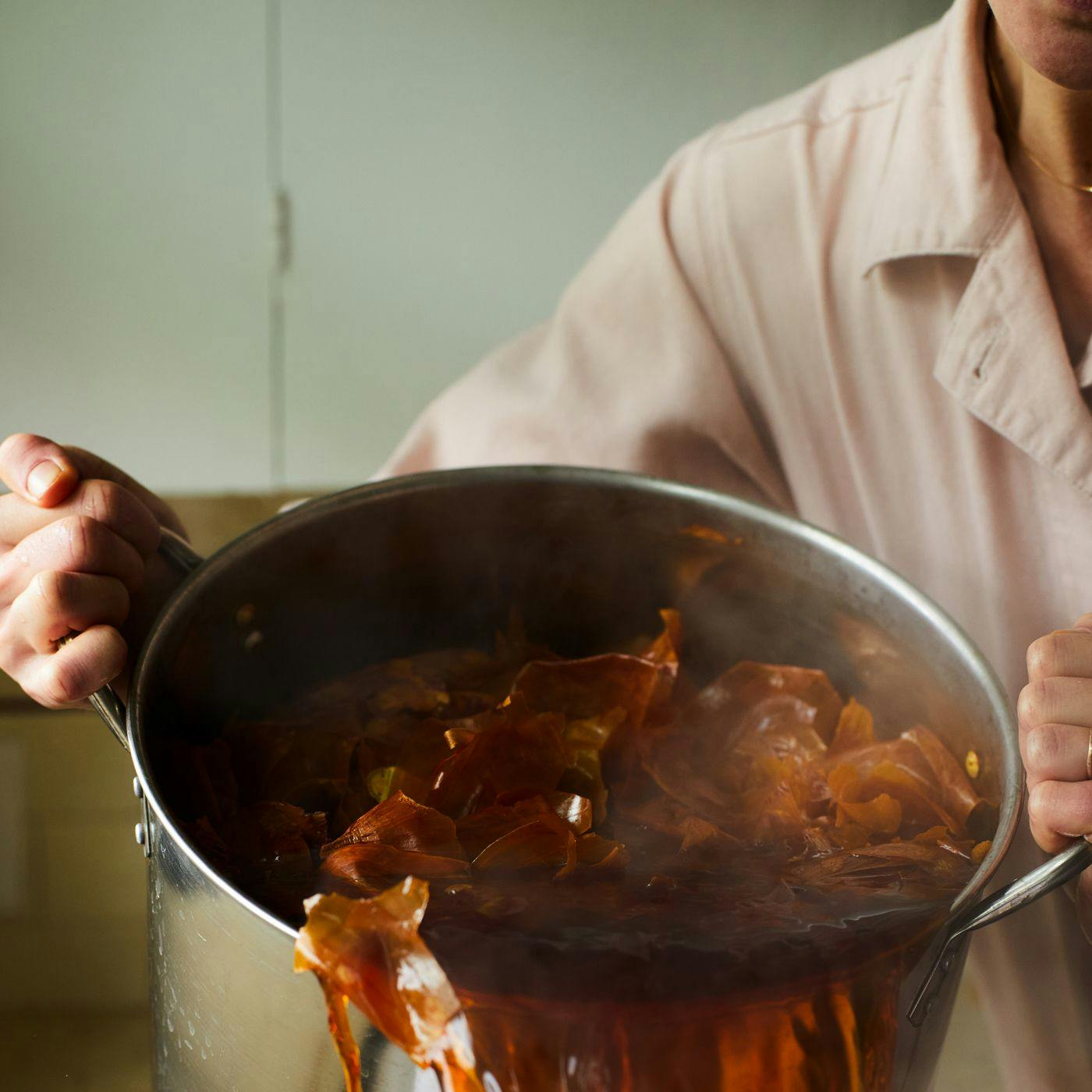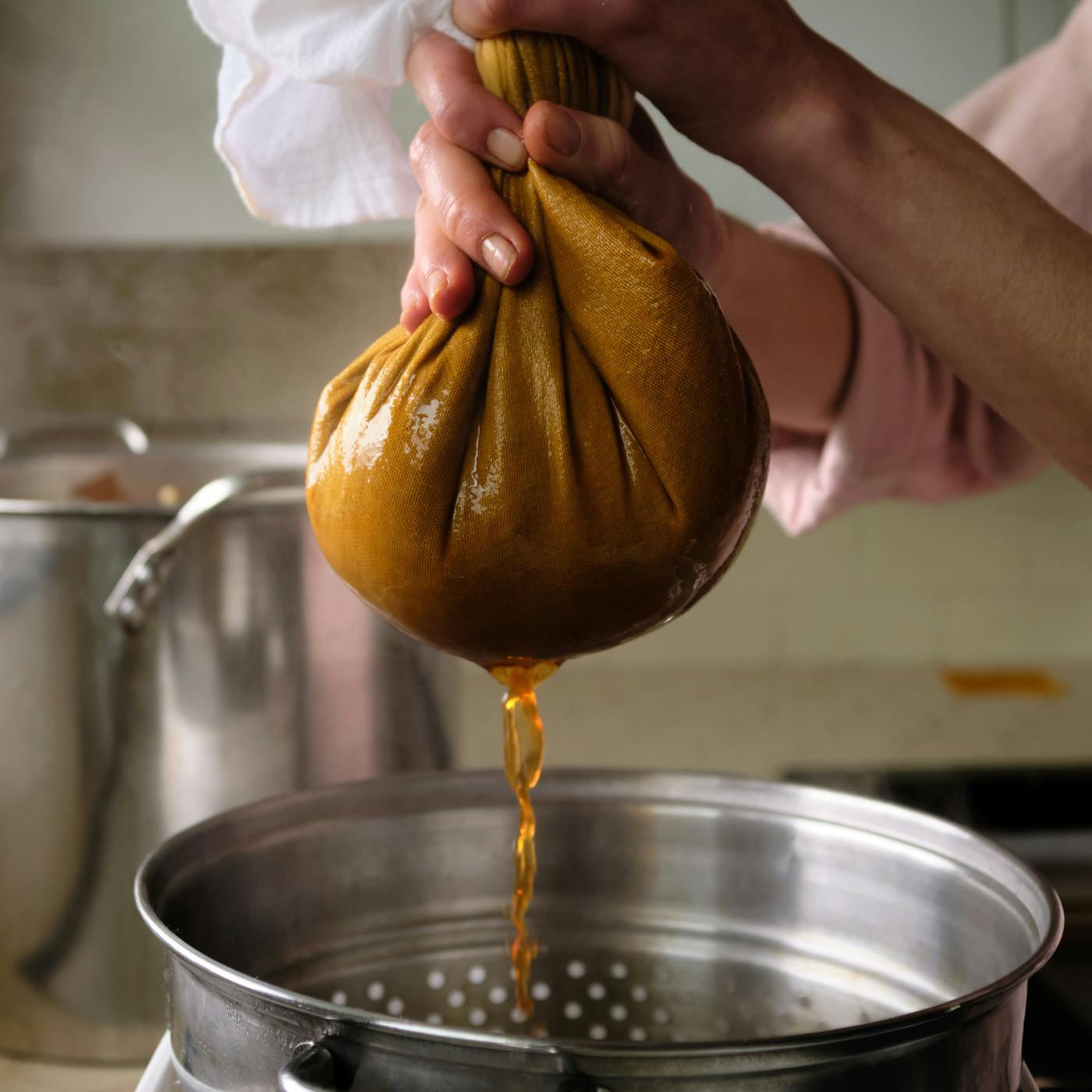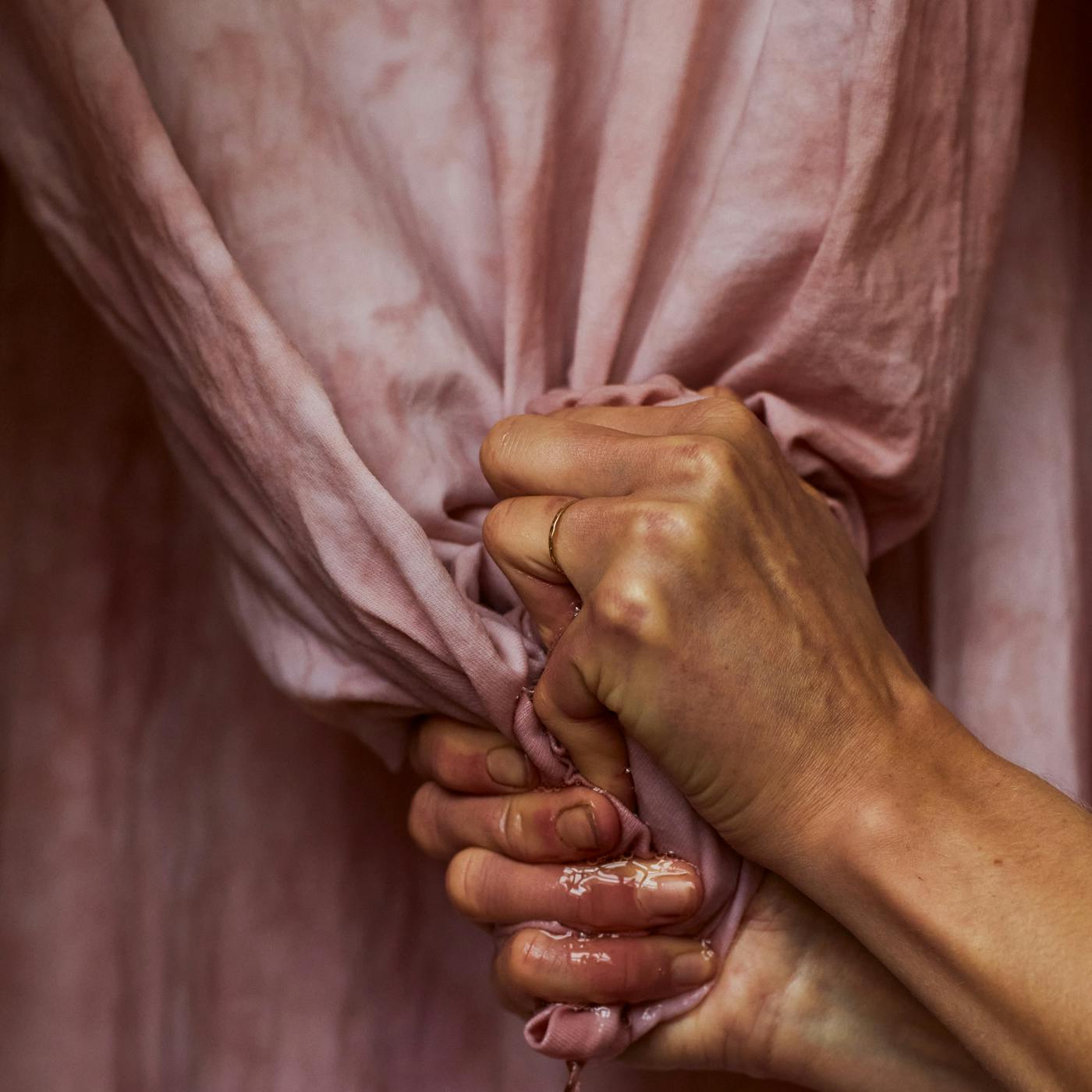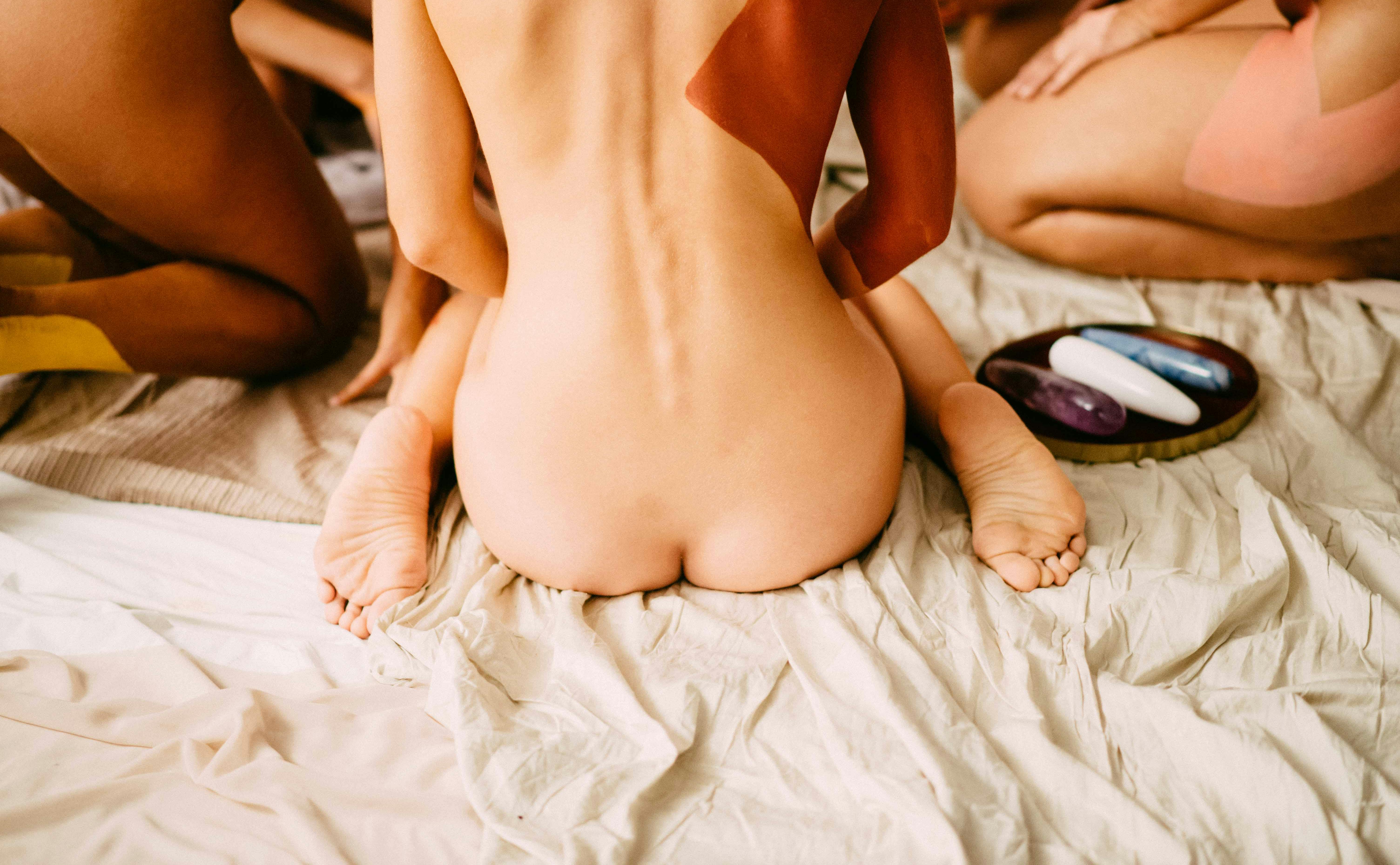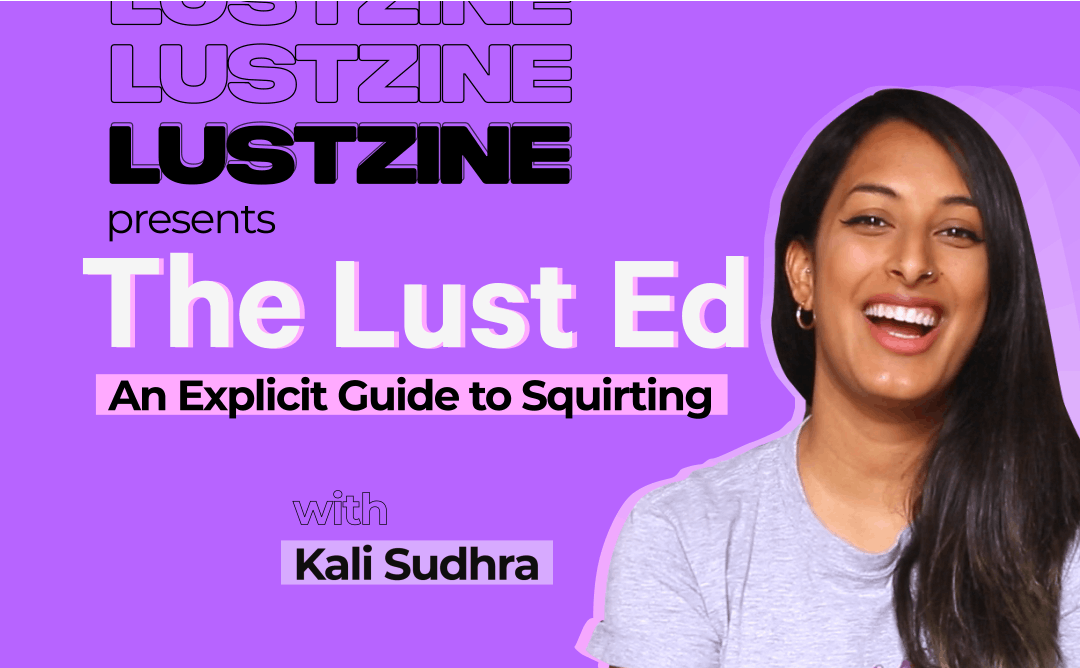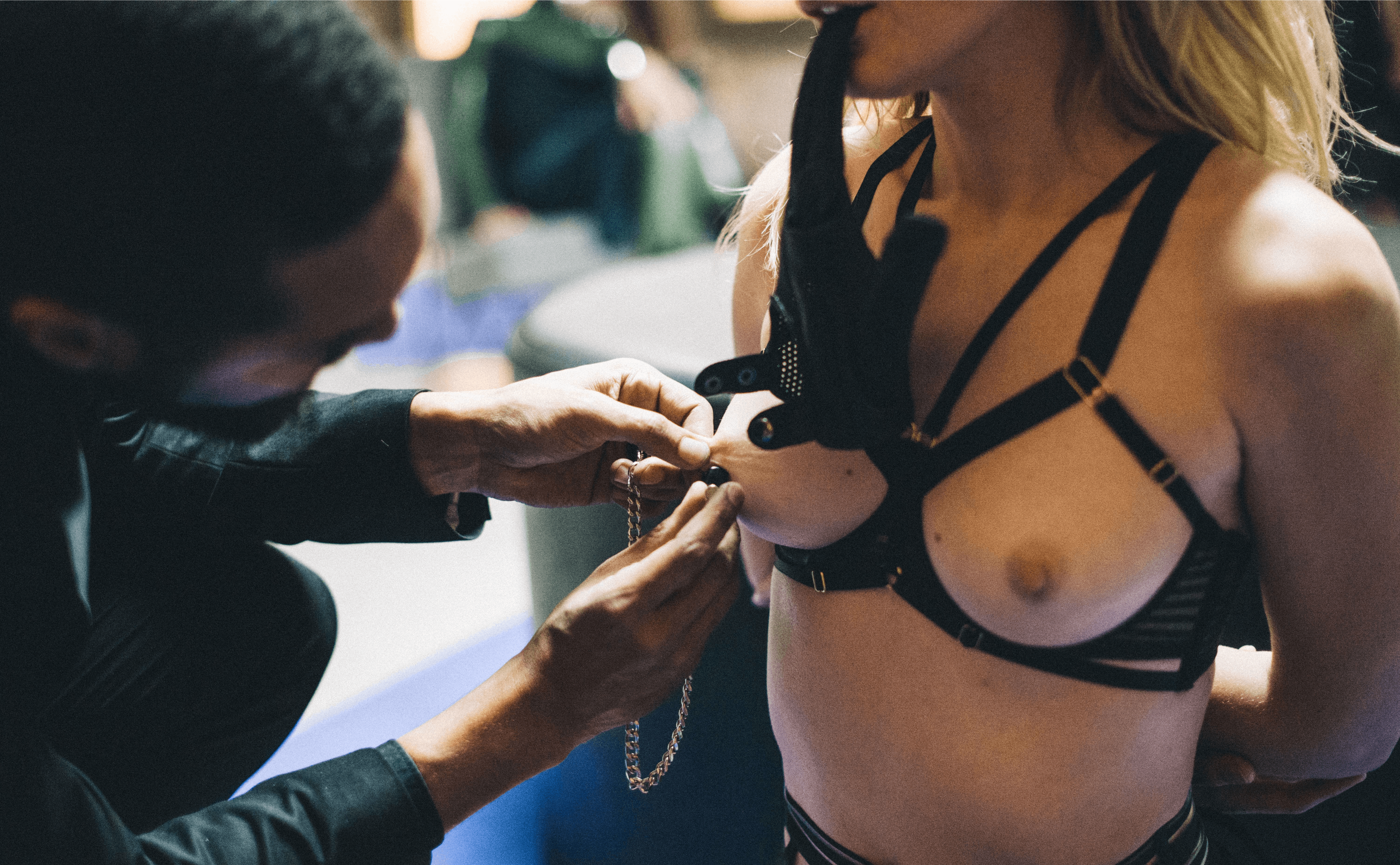New Limited Edition Merch: Tie Dye Trashy Tee
New Limited Edition Merch: Tie Dye Trashy Tee
We’re not trashy but our tee’s are ;)
We’re not trashy but our tee’s are ;)
Shop the new Erika Lust Merch here. Limited line, get it while you can!
Clear some space in your wardrobe people because I'm very excited to announce the launch of my exclusive, limited edition Erika Lust merch!
In this first drop I'm giving you a zero waste Tie Dye Trashy Tee made in collaboration with Portland artist Danica Marsh. Danica’s work is a one-woman operation which focuses on slow fashion, sustainability and care for both the environment and consumer.
Each Tie Dye Trashy Tee has been lovingly hand dyed by Danica with food waste from local restaurants in Portland, and each dye is plant-based, non-toxic for humans, and environmentally safe. The tee is available in two colours: dusty rose made from avocado pits, and golden-yellow made from onion skins.
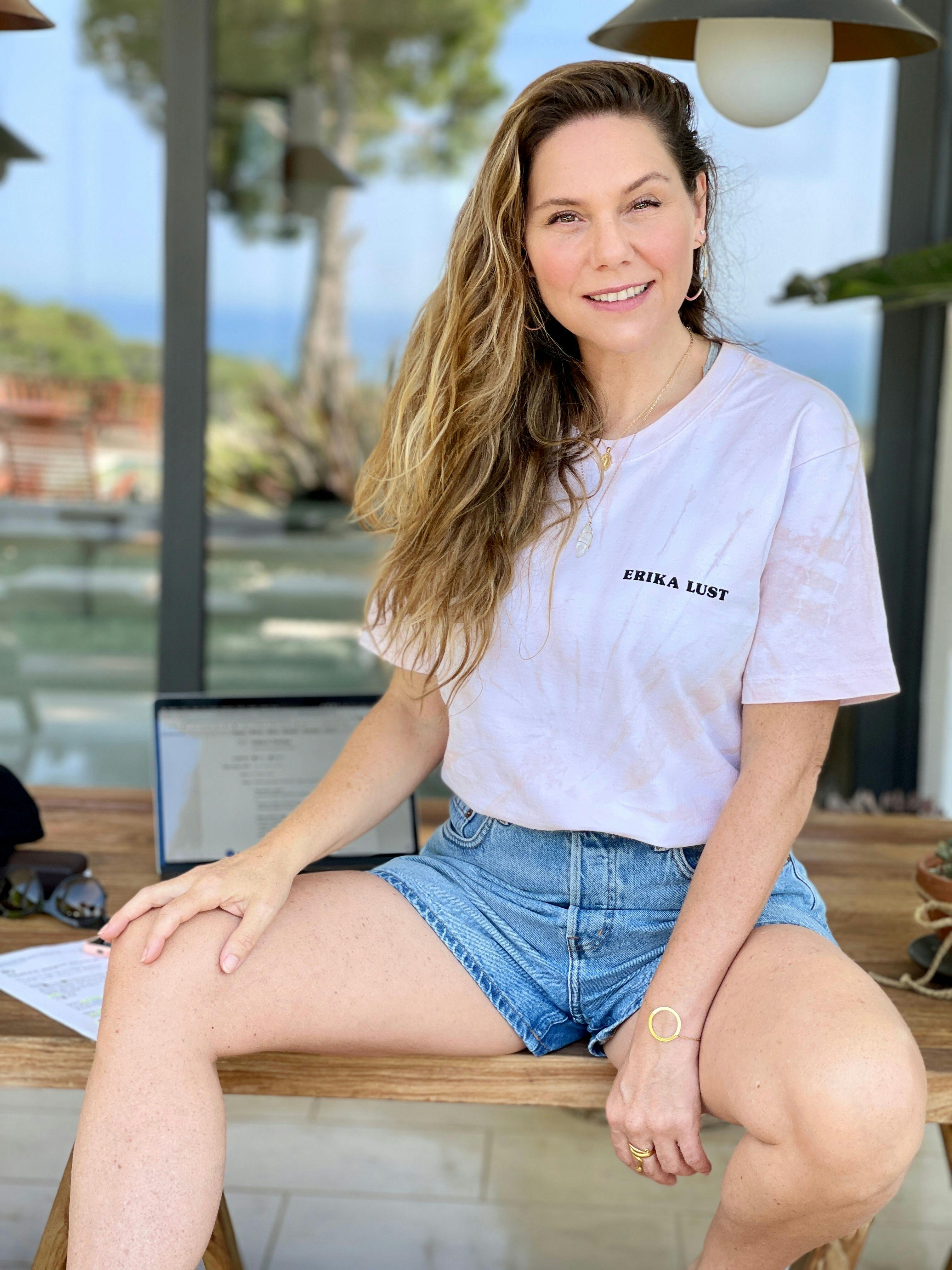
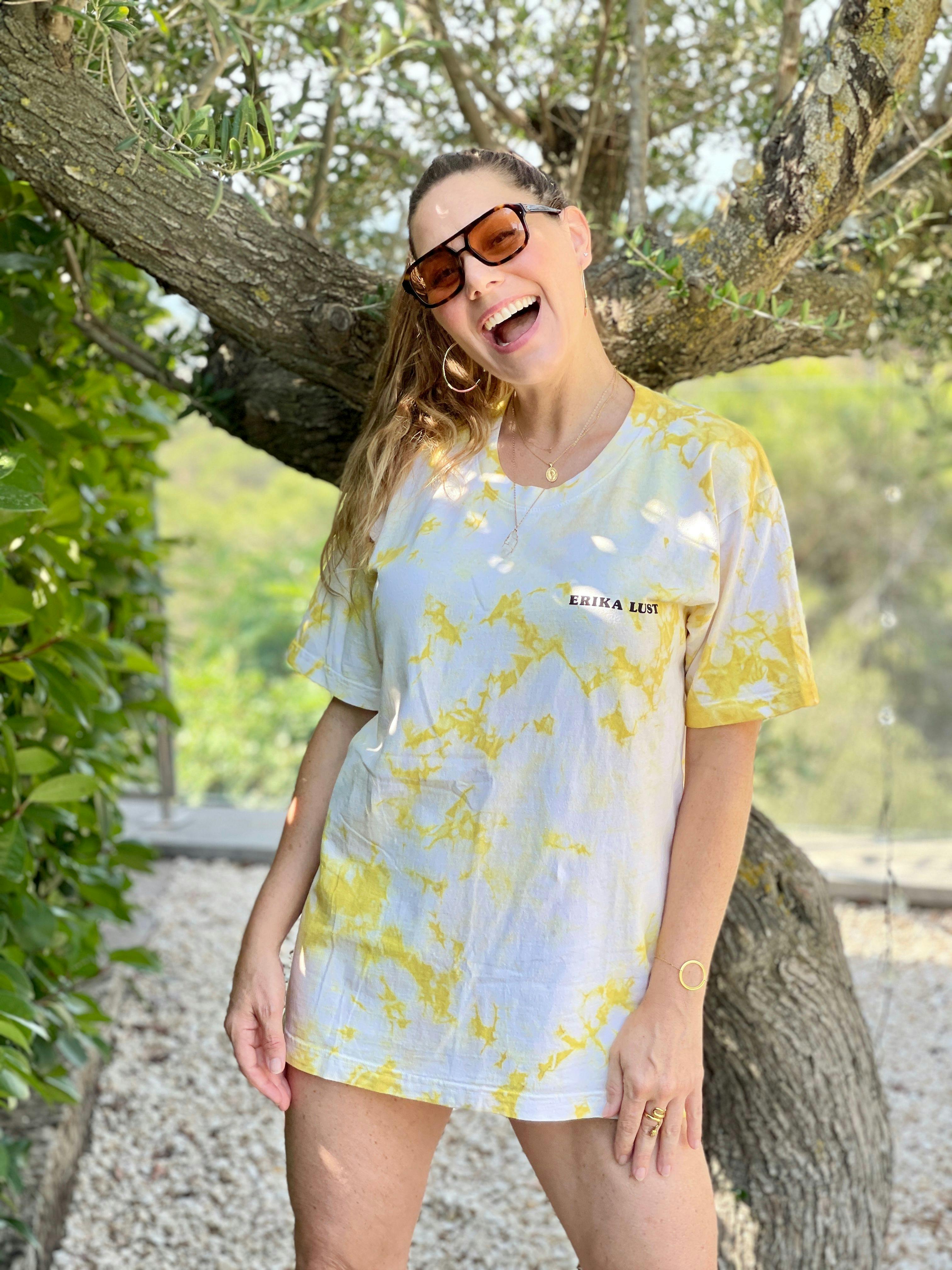

With this new line of merch, I want to create a responsible, sustainable, organic, and above all ethical, line of clothing. We know that textile dye is the second largest water pollutor in the world, which is why we chose to use food scraps to colour our tee (helping to divert food from landfills in the process).
Plus, each t-shirt is from Everybody.World’s gender-neutral “Trash T-shirts Collection” which are biodegradable and made from 100% recycled cotton manufacturing waste - all responsibly made in Los Angeles. By repurposing cotton waste from the manufacturing process, Everybody.World eliminates the need for additional pesticides, water, energy and soil. It’s an entirely new way to address sustainability in apparel.
A portion of all proceeds from the ¡Tie Dye Trashy Tee will go to a selection of charities working in sustainability.
“Over the past few months I’ve been collecting food scraps from local restaurants to turn into dye for Erika’s t-shirts. For this project, The shirts have to be prepped, scoured, soaked with a fixative, and then finally, dyed. Dyeing alone takes several days. It’s a slow and beautiful process that makes getting the desired result so satisfying.” — Danica Marsh
Over the past few months, Danica has been collecting food scraps from local restaurants to turn into dye for the Tie Dye Trashy Tee. Dyeing with plants and food scraps is an incredibly slow and methodical process. The shirts have to be prepped, scoured, soaked with a fixative, and then finally, dyed. Dyeing alone takes several days and there are many steps that are necessary to achieve the final result, and so many variables that can affect the outcome.
The natural dying process can be affected by the pH level of the water or the location the recycled food was grown in. The process results in distinctive patterns, and unique imperfections like small markings & unique wears and tears that means that each shirt its very own individual design. It's what makes natural dye so magical! See the images below taken by George Barberis for a closer look at Danica's process.
And, our sustainability efforts didn't stop there. The shirts were also screen-printed by Oregon Screenprinters using water-based ink. Water-based inks are eco-friendly because they are completely PVC free, they have a solvent base consisting of water to carry the pigment.
This is a special edition small batch line with only 150 shirts available so get your tee while stocks last! What will it be… an avocado pit or an onion skin?




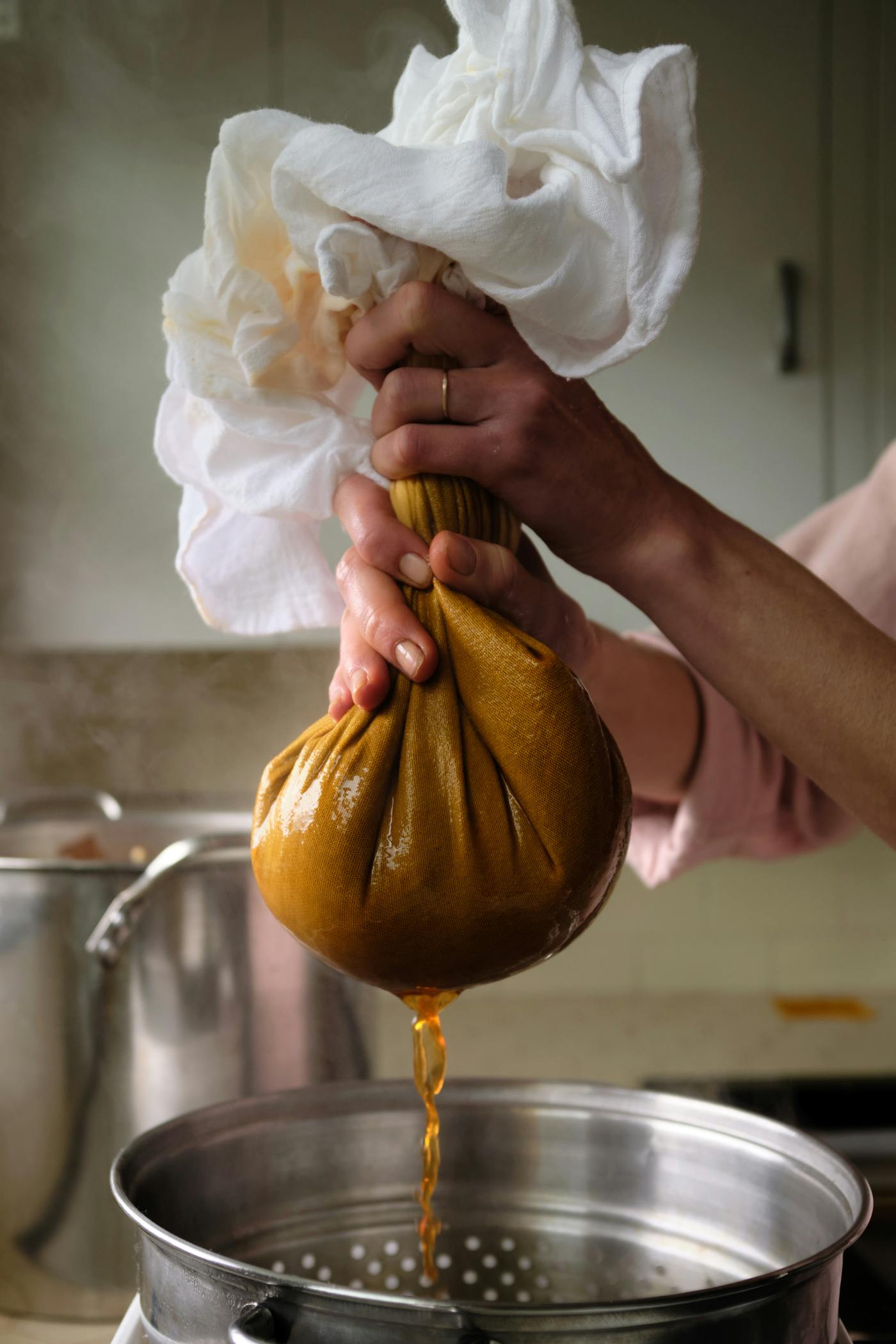


GET A FREE MOVIE

